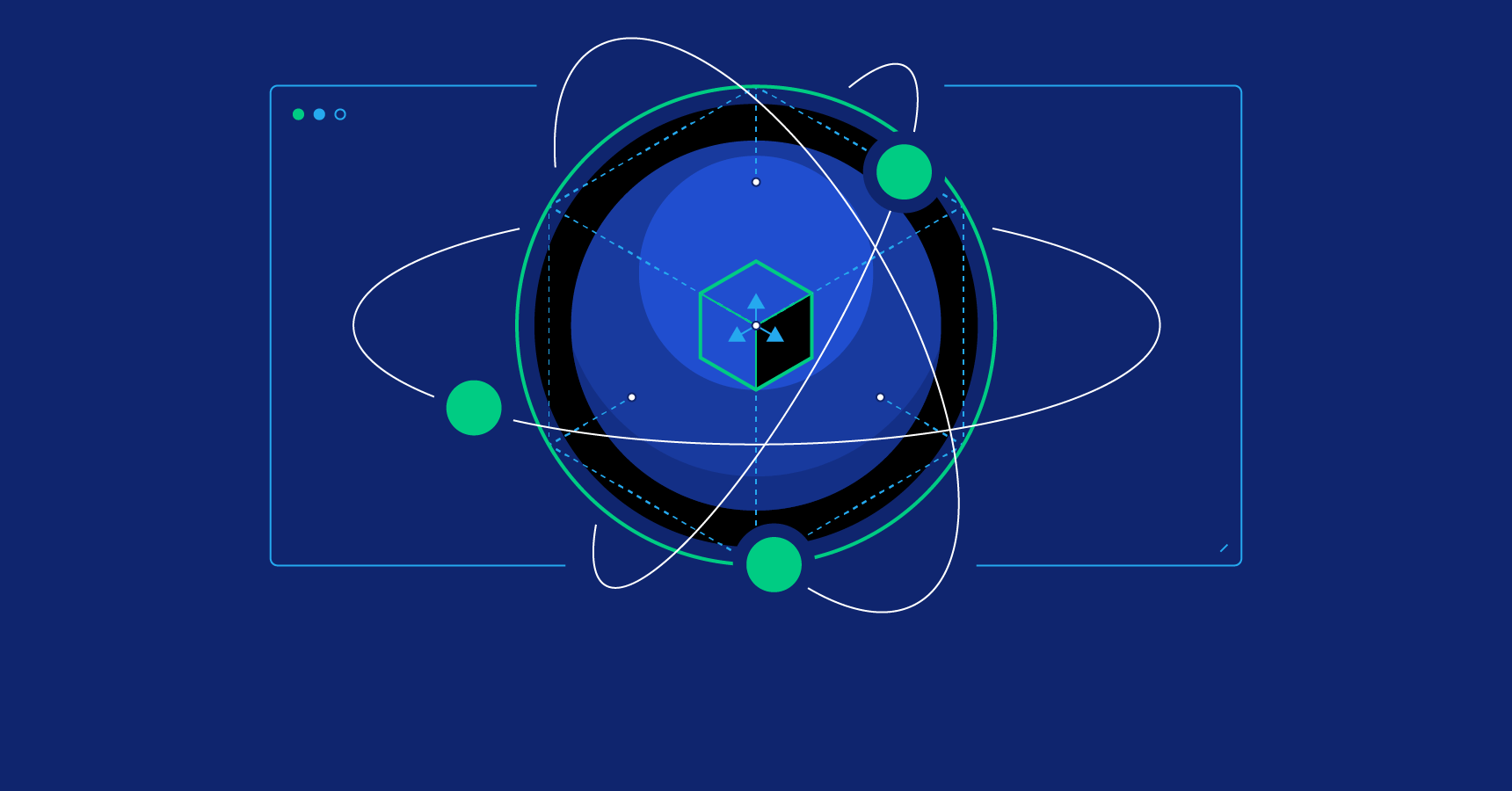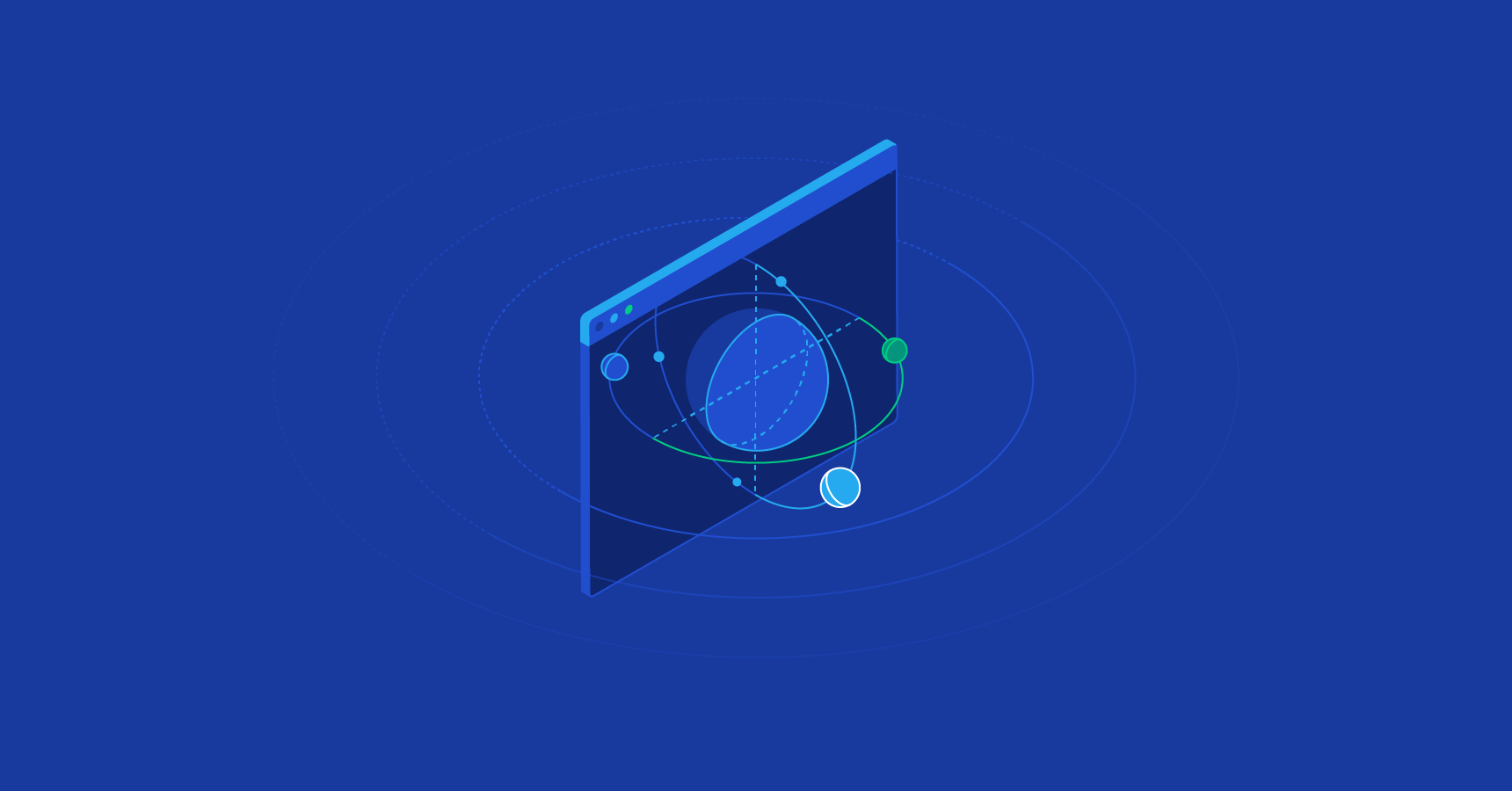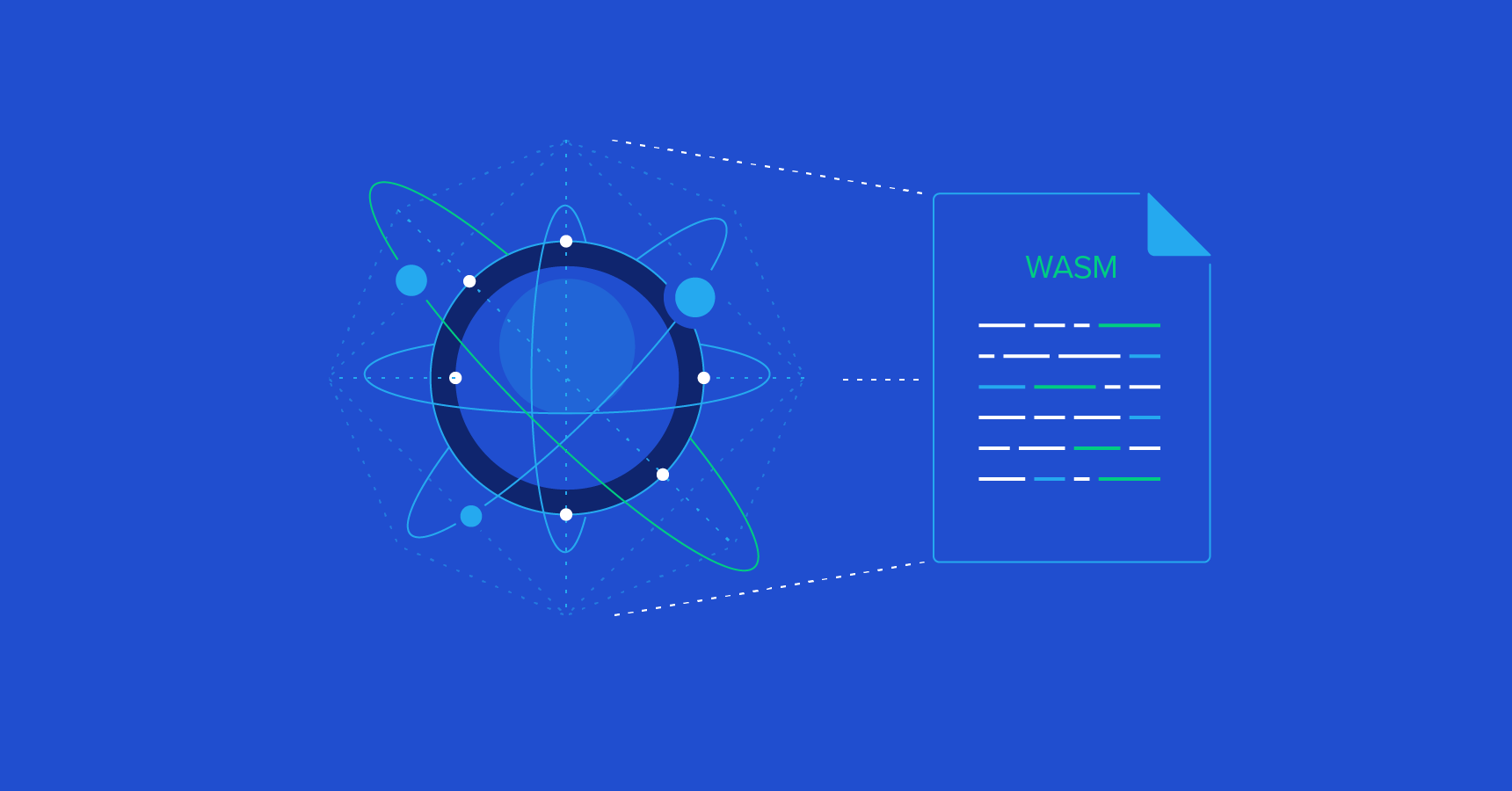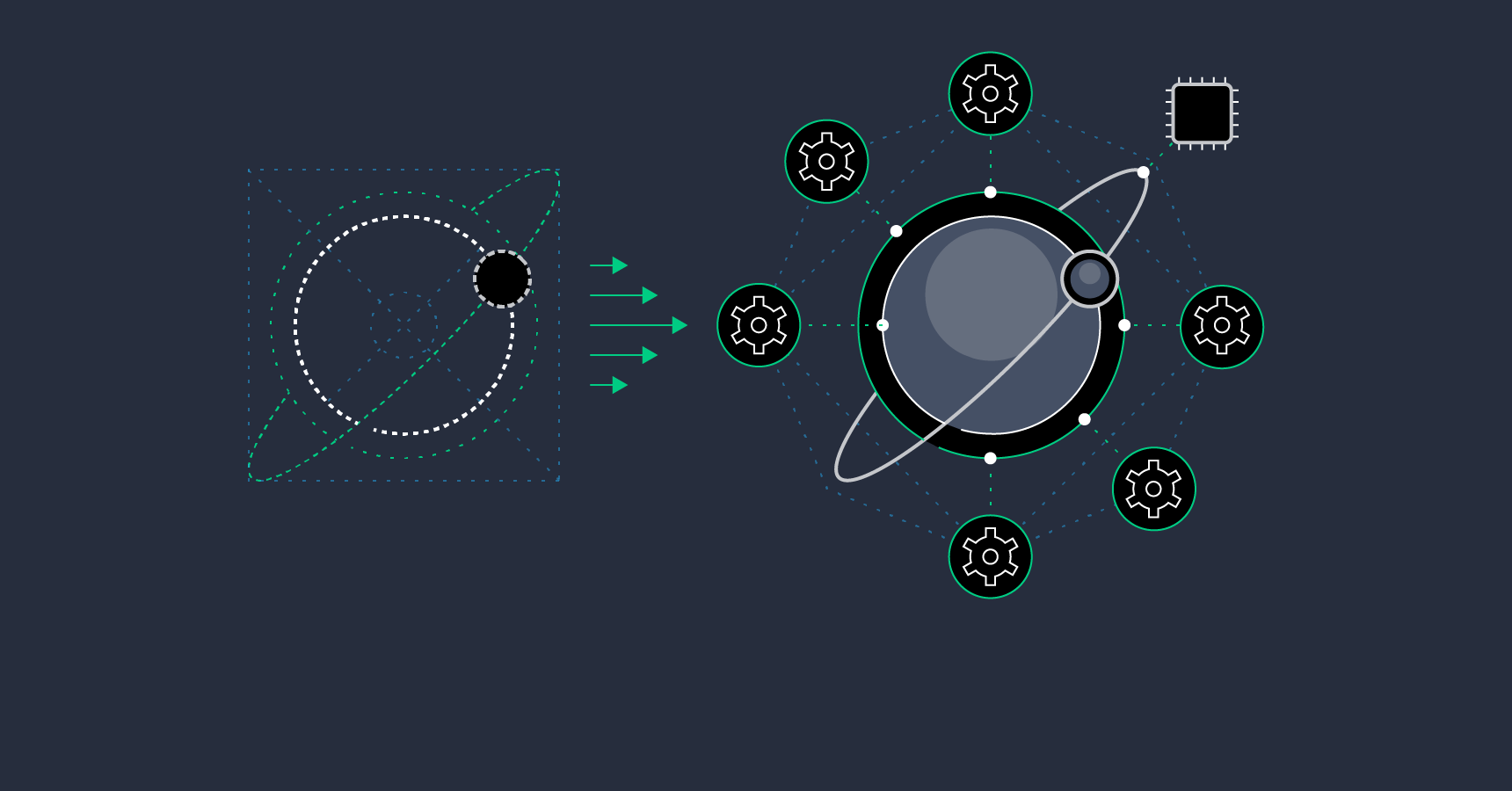WebVR Part 5: Design and Implementation
With all building blocks in place, it is time to wrap up our WebVR journey and demonstrate how everything is implemented.
In the last part of our WebVR series, Toptal Full-stack Developer Michael Cole goes over design and implementation in detail, explaining how the experience comes together.

Michael Cole
WebVR Part 4: Canvas Data Visualizations
Unlock the mysteries of the canvas component for your own visualizations. We have completed the simulation math, and now it’s time for some creative play.
In Part 4 of our WebVR series, we use the canvas element to make three rapid iterations to visualize the gravitational orbits of the planets in our simulation.

Michael Cole
WebVR Part 3: Unlocking the Potential of WebAssembly and AssemblyScript
What if you could incorporate clever features from other programming languages for your JavaScript project, without too much hassle? That is the general idea behind WebAssembly.
In Part 3 of our WebVR series, Toptal Full-stack Developer Michael Cole introduces you to WebAssembly and AssemblyScript, outlining how they can be harnessed to create a browser-backend for web apps.

Michael Cole
WebVR Part 2: Web Workers and Browser Edge Computing
WebVR is bringing virtual reality to our browsers, but how do we make sure we have enough computing power to deliver a good experience? How do we make the most of multi-core, hyperthreaded processors?
In part two of our series, Toptal Full-stack Developer Michael Cole explains the basics of browser edge computing and the role of web workers.

Michael Cole
WebVR and the Browser Edge Computing Revolution
Virtual Reality (VR) is making inroads into various industries but is not mainstream yet. WebVR and edge computing have the potential to boost adoption and bring VR to a wider audience.
In this series of articles, Toptal Full-stack Developer Michael Cole introduces you to the basics of WebVR and edge computing, complete with elaborate examples.

Michael Cole
World-class articles, delivered weekly.
Toptal Developers
- Algorithm Developers
- Angular Developers
- AWS Developers
- Azure Developers
- Big Data Architects
- Blockchain Developers
- Business Intelligence Developers
- C Developers
- Computer Vision Developers
- Django Developers
- Docker Developers
- Elixir Developers
- Go Engineers
- GraphQL Developers
- Jenkins Developers
- Kotlin Developers
- Kubernetes Experts
- Machine Learning Engineers
- Magento Developers
- .NET Developers
- R Developers
- React Native Developers
- Ruby on Rails Developers
- Salesforce Developers
- SQL Developers
- Sys Admins
- Tableau Developers
- Unreal Engine Developers
- Xamarin Developers
- View More Freelance Developers
Join the Toptal® community.




